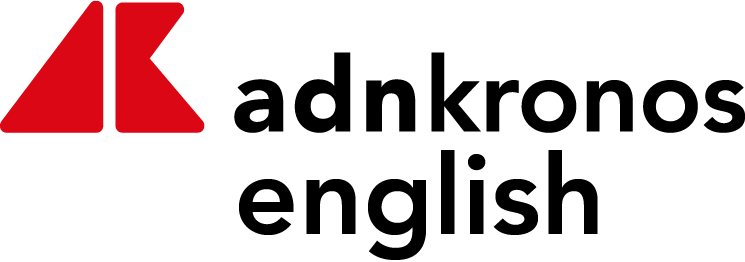Tokyo, Oct. 20 (Jiji Press)–Reusing products and materials instead of discarding them is taking hold as a new consumption model in Japan. The market has been expanding steadily, supported by a growing number of local governments rolling out related initiatives. Eager to further accelerate growth of the reuse sector, the Environment Ministry plans to compile a road map by the end of March 2026 outlining medium- to long-term measures. Reuse, along with reduce and recycle, is one of the “three R’s” of waste reduction. According to private-sector estimates, Japan’s reuse market grew from 1,993.2 billion yen in 2017 to 3,122.7 billion yen in 2023, and is projected to reach approximately 4 trillion yen by 2030. Officials at the ministry attribute the expansion to the rise of flea market apps, a decluttering boom during the COVID-19 pandemic and shifting consumer behavior amid rising prices. The government has set a goal of expanding the circular-economy market, including reuse-related businesses, from roughly 50 trillion yen today to 80 trillion yen by 2030. To meet this target, it is calling for public-private collaboration to facilitate related initiatives. The ministry’s fiscal 2024 survey found that 44.1 pct of respondents had purchased secondhand goods in one way or another in the past year. By age, the share exceeded 50 pct among people 40 years old and under, but was lower among older groups–46.2 pct for those in their 50s and 33.7 pct for those in their 60s. These results suggest a need to make the reuse market more accessible to middle-aged and older people. Local governments are increasingly being called on to mediate between citizens and businesses. In Zama, Kanagawa Prefecture, the per capita daily volume of household and commercial waste was the highest among municipalities in the eastern Japan prefecture in fiscal 2022. In response, the city government adopted an “All Resource” policy in March 2023, abandoning the notion of “waste” and aiming to treat all discarded materials as resources. It also created the reuse promotion section, believed to be the first of its kind among local governments in Japan. A city official said the initiative is also expected to help extend the life of the incineration facility jointly operated by Zama and two nearby cities. The Zama government has partnered with local recycling shops under an agreement that allows these shops to recover reusable materials directly from garbage collection sites while also patrolling the sites to prevent unauthorized removal. The city then sells the collected items. In fiscal 2024, combined sales of reused and recycled goods rose above 160 million yen. Nationwide, about 300 local governments have reuse agreements with the private sector, and the central government hopes to double that number to 600 by 2030. The road map to be finalized by the Environment Ministry within this fiscal year will establish indicators for participating governments, lay out short- and medium-term measures, and define key terms related to reuse activities. The ministry established the overall direction of its road map in June, introducing concrete measures to promote reuse. These include government guidelines to ensure reputable operators are properly evaluated, thereby stimulating demand, and supporting the development of new business models that connect estate clearing and end-of-life decluttering with the reuse market as Japan’s population continues to age. Japanese secondhand goods, including kimonos, are popular overseas for their high quality, and cross-border e-commerce is expected to grow. To support the expansion, the ministry will survey how exported items are handled after shipment and examine tax incentives used overseas. END [Copyright The Jiji Press, Ltd.]
TOKYO REPORT: Japan Pushes Reuse Market as New Consumption Model




